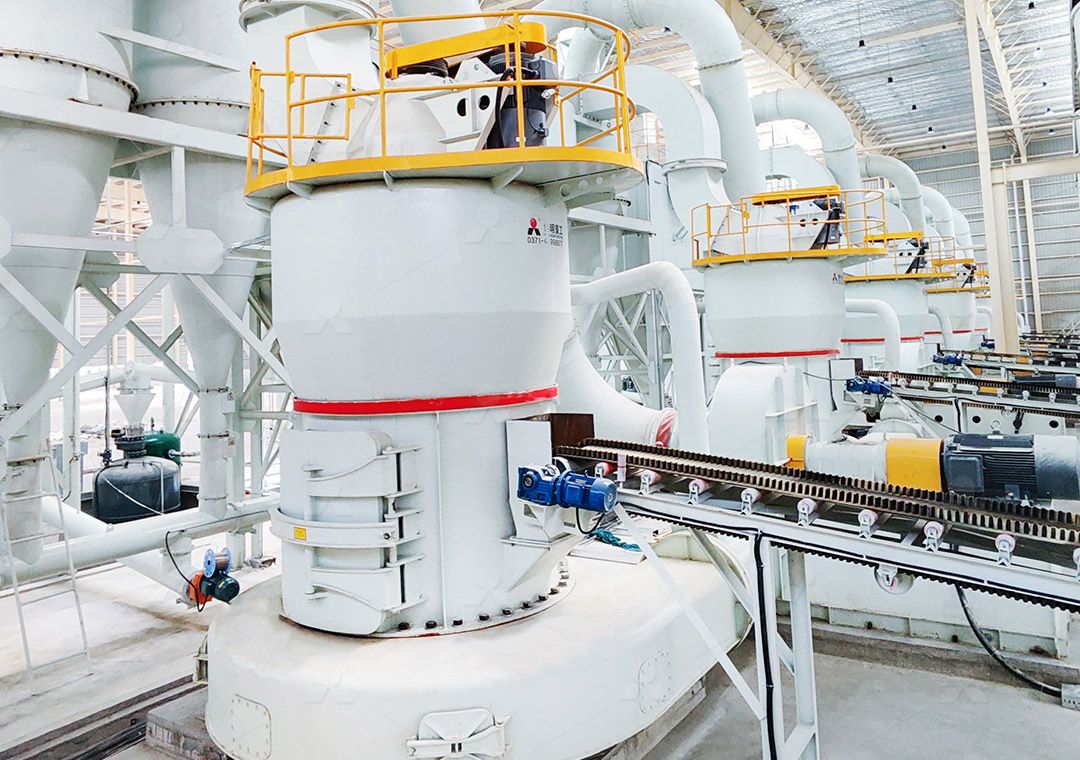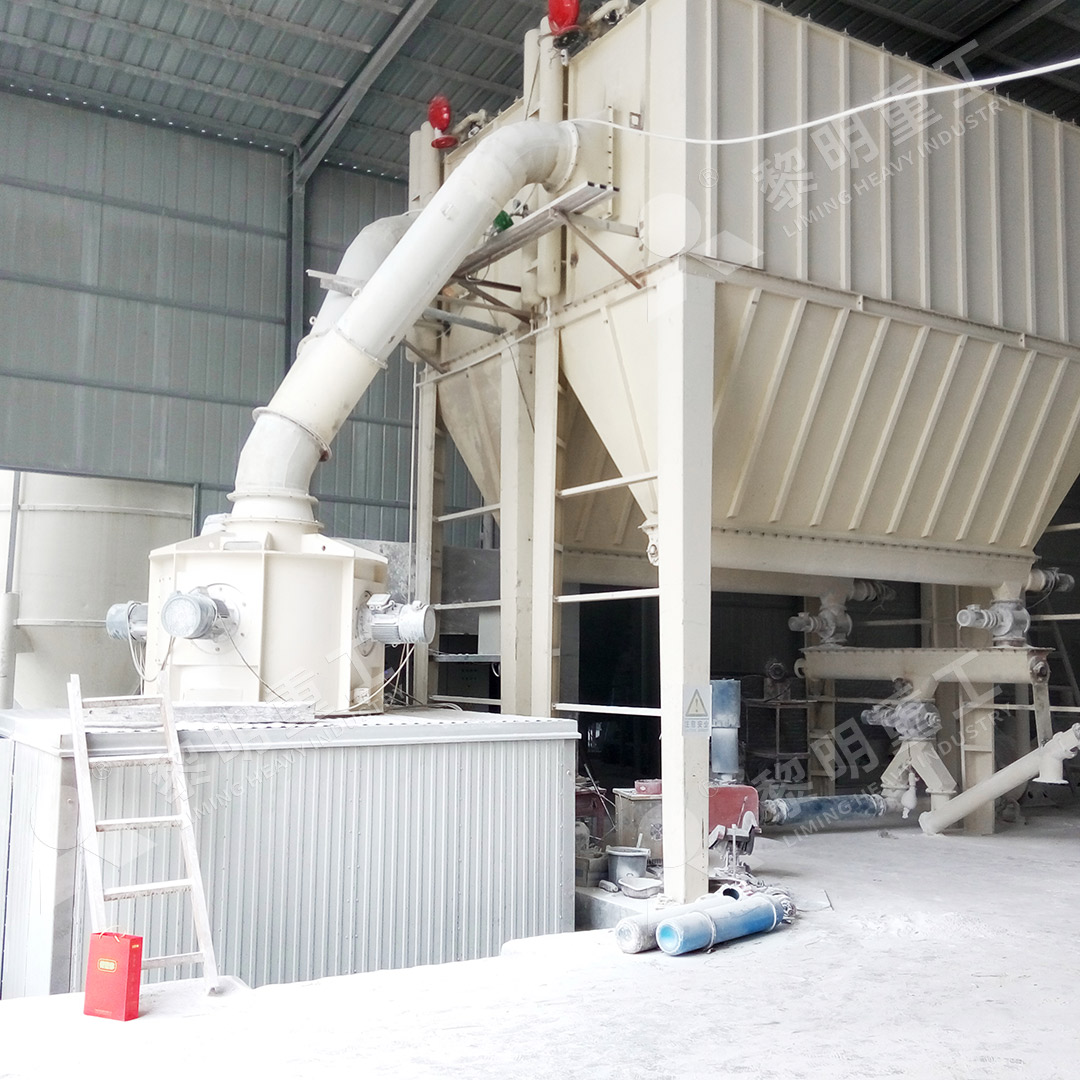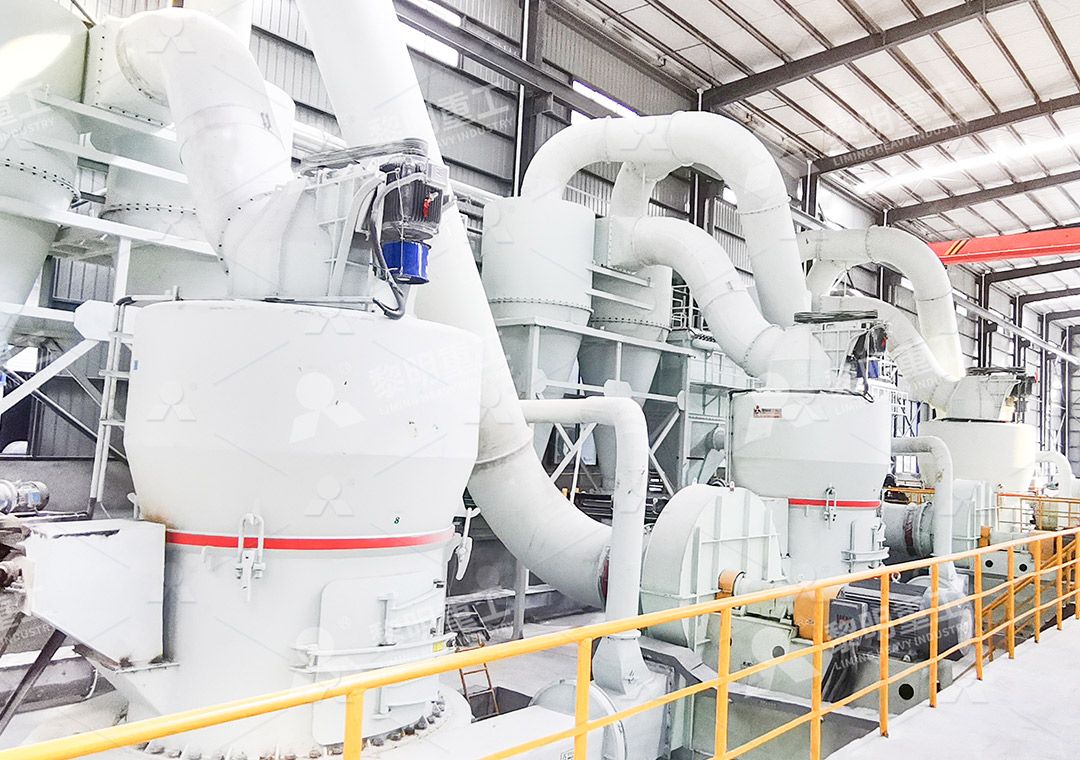150 Mesh Quartz Sand Grinding Mill: Price and Process Guide
Introduction to Quartz Sand Grinding
Quartz sand grinding represents a specialized process requiring precision equipment to achieve consistent particle size distribution. When targeting 150 mesh specifications (approximately 100 microns), operators must consider multiple factors including feed size, capacity requirements, and energy efficiency. The grinding process transforms raw quartz materials into fine powders essential for various industrial applications including glass manufacturing, ceramics, and construction materials.

Understanding 150 Mesh Specifications
150 mesh quartz sand requires particles to pass through a screen with 100 openings per linear inch. Achieving this specification demands careful control over grinding parameters and equipment selection. The process typically begins with crushing raw quartz to manageable sizes before fine grinding operations commence. Different mill types offer varying approaches to reaching this target fineness, each with distinct advantages for specific operational requirements.
Selecting the Right Grinding Equipment
When processing quartz sand to 150 mesh, equipment selection significantly impacts both operational costs and final product quality. Traditional ball mills have been widely used but newer technologies offer improved efficiency and control. The key considerations include feed size compatibility, production capacity, energy consumption, and maintenance requirements.
For operations requiring 0.5-25 tph capacity with input sizes up to 20mm, the MW Ultrafine Grinding Mill presents an excellent solution. This equipment specifically addresses the needs of customers requiring ultra-fine powder production while incorporating environmental considerations through efficient dust collection and noise reduction systems.
MW Ultrafine Grinding Mill Advantages
This advanced grinding system demonstrates particular strengths in quartz sand applications. Its innovative design features higher yielding capacity with 40% greater production output compared to jet grinding mills and twice the capacity of ball mills at similar power consumption. The adjustable fineness range between 325-2500 meshes provides operational flexibility, while the absence of rolling bearings and screws in the grinding chamber eliminates common failure points.

Quartz Grinding Process Optimization
Successful quartz sand grinding to 150 mesh requires more than proper equipment selection. Process parameters including feed rate, moisture content, and classifier settings significantly impact final product quality. The grinding circuit should be designed to minimize over-grinding while ensuring consistent particle size distribution.
For operations with stricter input size requirements (0-10mm) and capacities between 5-18 tph, the LUM Ultrafine Vertical Grinding Mill offers advanced technology with German powder separating systems. This equipment excels in producing high-purity quartz powders with excellent whiteness and cleanliness characteristics.
Economic Considerations
The total cost of quartz sand grinding encompasses equipment investment, energy consumption, maintenance, and operational expenses. Modern grinding systems like the MW series provide economic advantages through reduced energy consumption (30% of jet grinding mill requirements) and minimal maintenance downtime. The external lubrication system enables continuous 24-hour operation without shutdowns for maintenance.

Environmental and Operational Safety
Contemporary grinding operations must address environmental regulations and workplace safety. Modern mills incorporate pulse dust collectors that effectively contain quartz dust, protecting both workers and the environment. Noise reduction technologies including silencers and elimination rooms further enhance operational safety while ensuring compliance with environmental standards.
Frequently Asked Questions
What is the typical energy consumption for grinding quartz to 150 mesh?
Energy requirements vary by equipment type, with advanced systems like the MW Ultrafine Grinding Mill consuming approximately 30% less energy than traditional jet mills while delivering 40% higher production capacity.
How does feed size impact the grinding process?
Optimal feed size depends on the specific equipment. The MW Mill processes materials up to 20mm effectively, while maintaining consistent 150 mesh output with proper system configuration.
What maintenance considerations are specific to quartz grinding?
Quartz’s abrasive nature necessitates wear-resistant components. Modern mills address this through specialized materials and designs that eliminate internal screws and bearings from the grinding chamber, significantly reducing maintenance requirements.
Can the same equipment produce different mesh sizes?
Yes, advanced systems like the MW Mill feature adjustable powder selectors allowing fineness adjustment between 325-2500 meshes, providing operational flexibility for varying product requirements.
